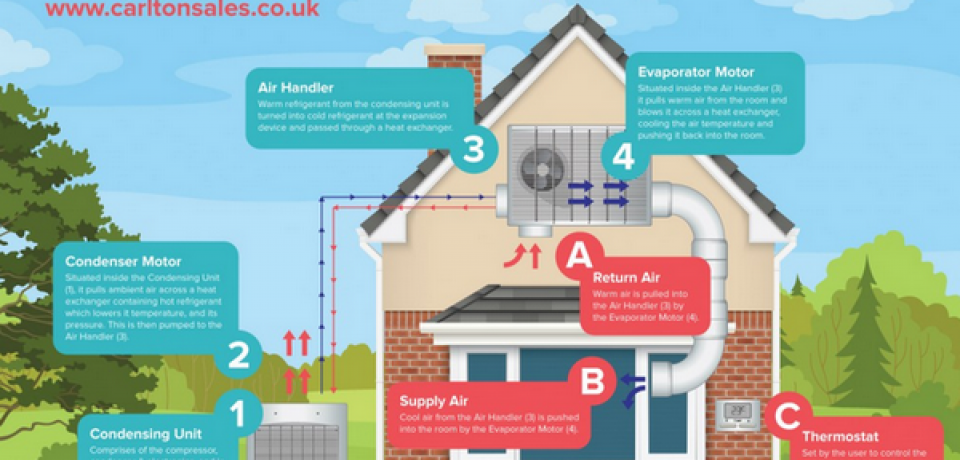Discover The Crucial Strategies To Improve The Efficiency And Life-Span Of Your Heatpump System By Preventing Common Installation Errors
Discover The Crucial Strategies To Improve The Efficiency And Life-Span Of Your Heatpump System By Preventing Common Installation Errors
Blog Article
Material Produce By-Lykke Gillespie
When setting up a heatpump, you should avoid typical errors that could threaten its performance. Neglecting proper sizing might cause inefficiencies and greater utility costs. Ignoring insulation and securing might result in energy waste and pressure on the unit. Additionally, placing the exterior system incorrectly may influence its performance. By avoiding these errors, you can ensure ideal operating and toughness of your heatpump system.
Improper Sizing of Heat Pump
When it pertains to the setup of heatpump, among the most usual errors is improperly sizing the unit for your room. Guaranteeing the appropriate size is essential for ideal performance. If Discover More Here is too small, it will certainly struggle to warm or cool your space effectively, causing raised energy costs and potential damage on the device.
On the other hand, if the heatpump is also big, it will cycle on and off often, creating temperature changes and reducing its lifespan.
To avoid this blunder, it's vital to have a professional examine your room and recommend the appropriate size of the heatpump based upon variables like square footage, insulation, ceiling height, and neighborhood environment. By investing the time and effort to guarantee the appropriate sizing, you can enjoy a comfortable environment while making the most of power efficiency and prolonging the lifespan of your heat pump.
Inadequate Insulation and Sealing
To make sure the effective operation of your heatpump, it's important to attend to poor insulation and sealing in your area. Appropriate insulation helps preserve a constant temperature inside, minimizing the work on your heatpump. Inadequate insulation can cause energy loss, making your heat pump job harder and much less successfully.
Sealing any voids or leaks in your space is equally crucial. These gaps allow conditioned air to escape and outdoor air to permeate in, forcing your heatpump to make up for the temperature level changes.
Inaccurate Placement of Outdoor Unit
Resolving the positioning of your heatpump's outdoor unit is crucial to optimizing its efficiency. Installing the outside device in a wrong area can cause performance concerns and possible damages to the unit.
One usual mistake to stay clear of is placing the outside unit also near a wall surface or other frameworks. This can restrict airflow, triggering the system to function tougher to heat or cool your area, ultimately lowering its efficiency and life-span.
Another error to avoid is putting the exterior device in straight sunshine. While https://average-cost-to-replace-h32100.tokka-blog.com/31424900/evaluating-heat-pumps-identifying-one-of-the-most-appropriate-type-for-your-residence is inescapable, extreme direct exposure can cause getting too hot, particularly throughout warm summer season days. It's best to place the exterior system in a shaded location to help preserve its ideal operating temperature level.
Moreover, ensure that the outdoor unit is positioned on a secure and level surface area. Irregular ground can cause resonances and unnecessary strain on the system, impacting its performance gradually.
Final thought
Finally, staying clear of usual blunders during heat pump setup is necessary for maximizing effectiveness and longevity of your system. By guaranteeing appropriate sizing, sufficient insulation, securing, and correct positioning of the exterior system, you can stop concerns such as inadequacies, raised energy costs, and pressure on the system. Making the effort to attend to these vital variables will inevitably conserve you time and money over time.
